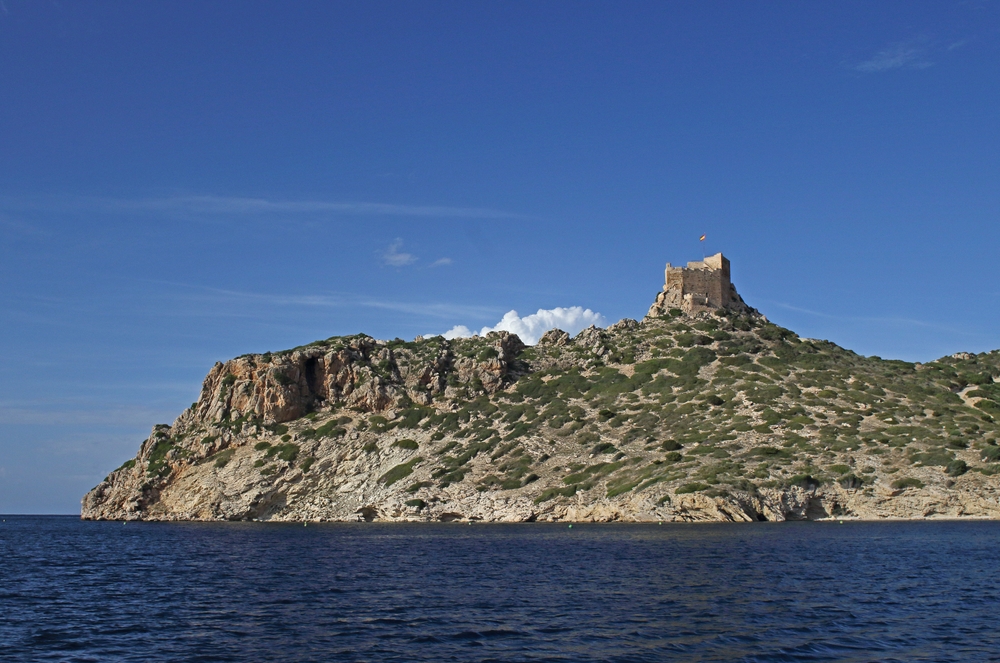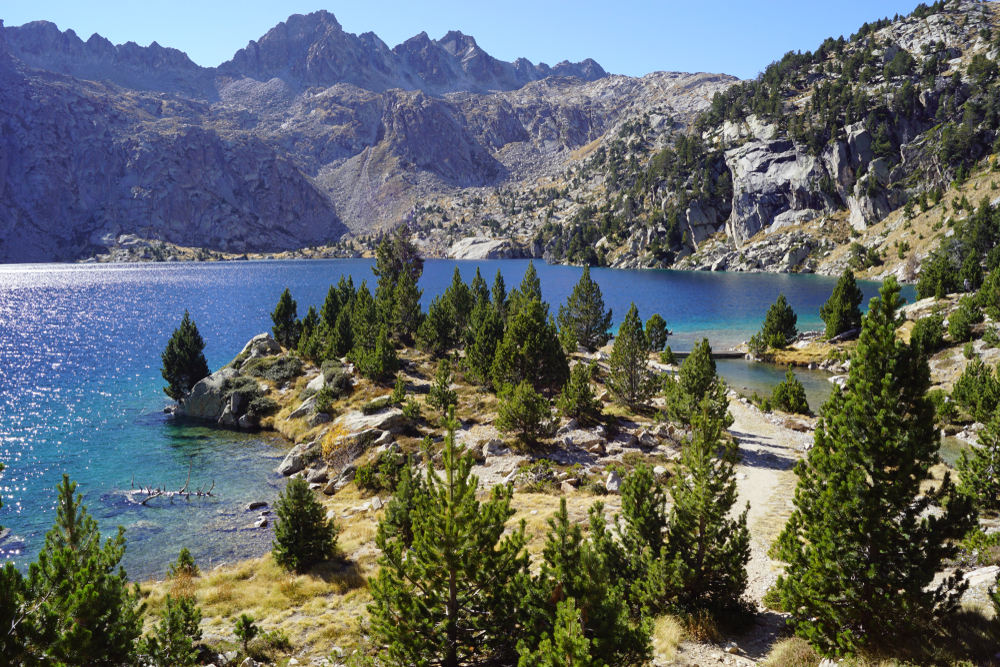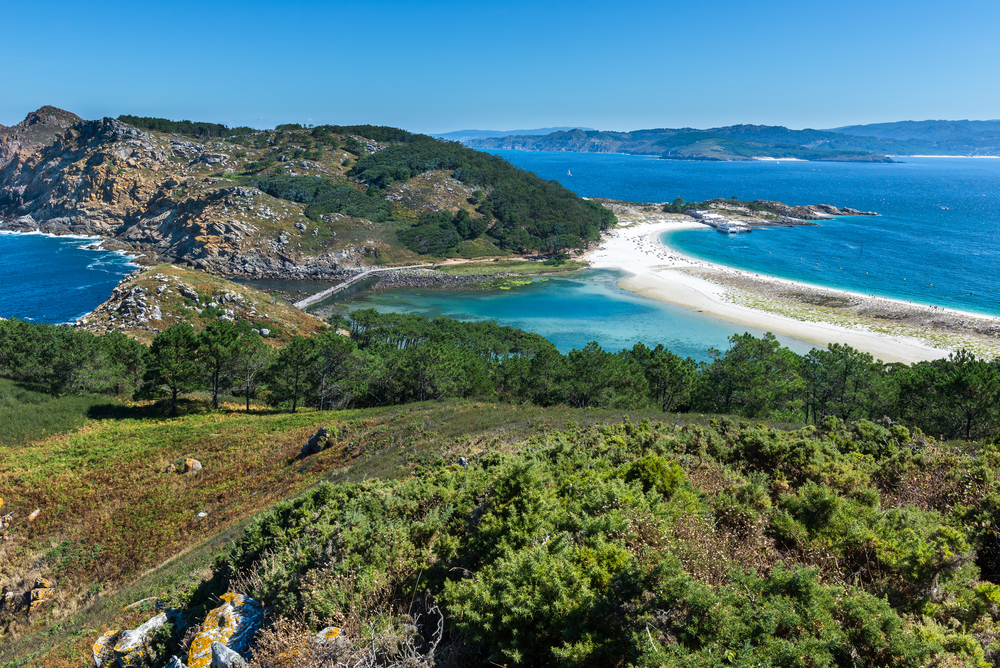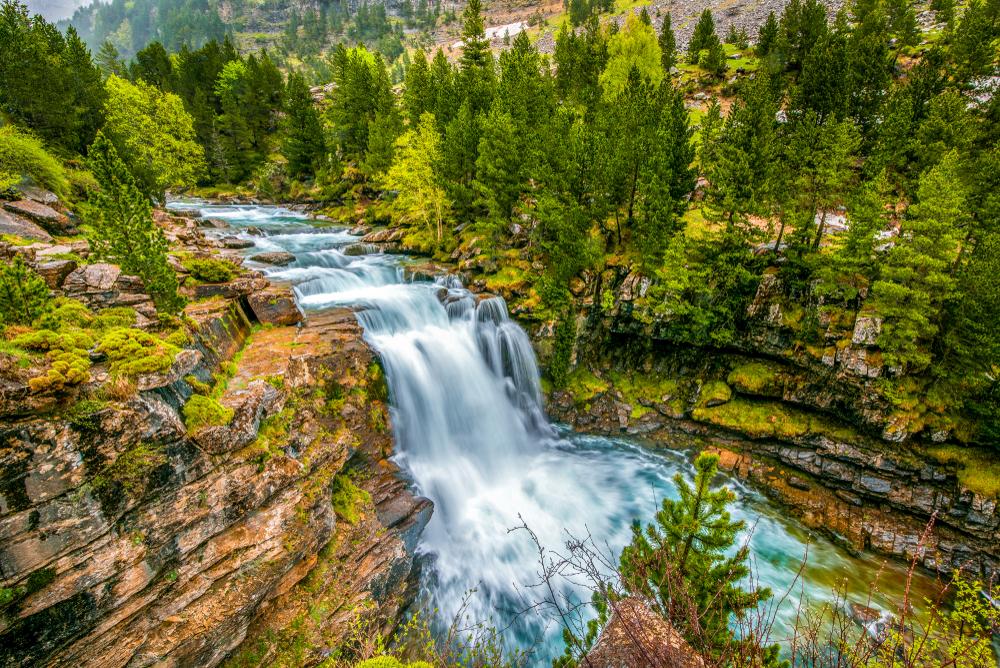Cabrera Archipelago Maritime-Terrestrial Overview
Cabrera Archipelago Maritime-Terrestrial National Park, known in Spanish as Parque Nacional Marítimo-Terrestre del Archipiélago de Cabrera, is a stunning protected area located in the Balearic Islands of Spain.
Encompassing approximately 383 square miles (994 square kilometers), this national park is one of the most ecologically significant marine reserves in the Mediterranean. Situated off the southern coast of Mallorca, the park consists of the main island of Cabrera along with 18 smaller islets, creating a rich and diverse ecosystem that remains largely untouched by human development.
The park’s landscape is characterized by its rugged limestone terrain, which features steep cliffs, sea caves, and hidden coves. The largest island, Cabrera, has rolling hills covered in Mediterranean scrubland, including dense patches of mastic trees, wild olive trees, and juniper bushes.
Coastal areas are defined by dramatic rock formations, sandy beaches, and crystal-clear waters that reflect the deep blue of the Mediterranean Sea. Among the notable features of the park is the Cova Blava, or Blue Cave, a striking sea cave that glows with an intense blue hue when the sunlight enters at the right angle.
The park’s topography also includes dry ravines, rocky plateaus, and small valleys that host an impressive variety of plant life, many of which are endemic to the Balearic region.
Wildlife thrives in this protected environment, with the park serving as an important refuge for both marine and terrestrial species. The waters surrounding the archipelago are home to a variety of marine life, including loggerhead sea turtles, groupers, and dolphins that frequently surface near boats. Seagrass meadows, primarily composed of Posidonia oceanica, provide a critical habitat for marine biodiversity and help maintain water clarity.
On land, Cabrera is home to diverse bird species, making it a prime location for birdwatching. The park is a crucial breeding ground for seabirds such as the Balearic shearwater, Audouin’s gull, and Eleonora’s falcon. Raptors like the osprey and peregrine falcon can also be spotted soaring above the cliffs. Among the land mammals, rabbits and lizards are common, with the Balearic lizard being an endemic species unique to the area.
Visitors to Cabrera Archipelago Maritime-Terrestrial National Park are drawn to its unspoiled nature and rich historical heritage. The remains of a 14th-century castle overlook the harbor, offering panoramic views of the surrounding islands.
The island also holds historical significance as it once served as a prisoner-of-war camp during the Napoleonic Wars. Popular activities include hiking along designated trails that lead to scenic viewpoints, snorkeling and diving in the pristine waters, and taking boat tours to explore the various islets and sea caves.
Due to its protected status, tourism is carefully regulated, with only a limited number of visitors allowed per day to ensure the preservation of the ecosystem.
Conservation efforts in the park have been highly successful, particularly in protecting marine habitats from overfishing and pollution. Strict regulations have allowed fish populations to recover, making it one of the healthiest marine reserves in the Mediterranean.
However, challenges remain, including the impacts of climate change, rising sea temperatures, and the threat of invasive species. Despite these concerns, the park remains a model for marine and terrestrial conservation, demonstrating the importance of sustainable management in preserving biodiversity.














































































